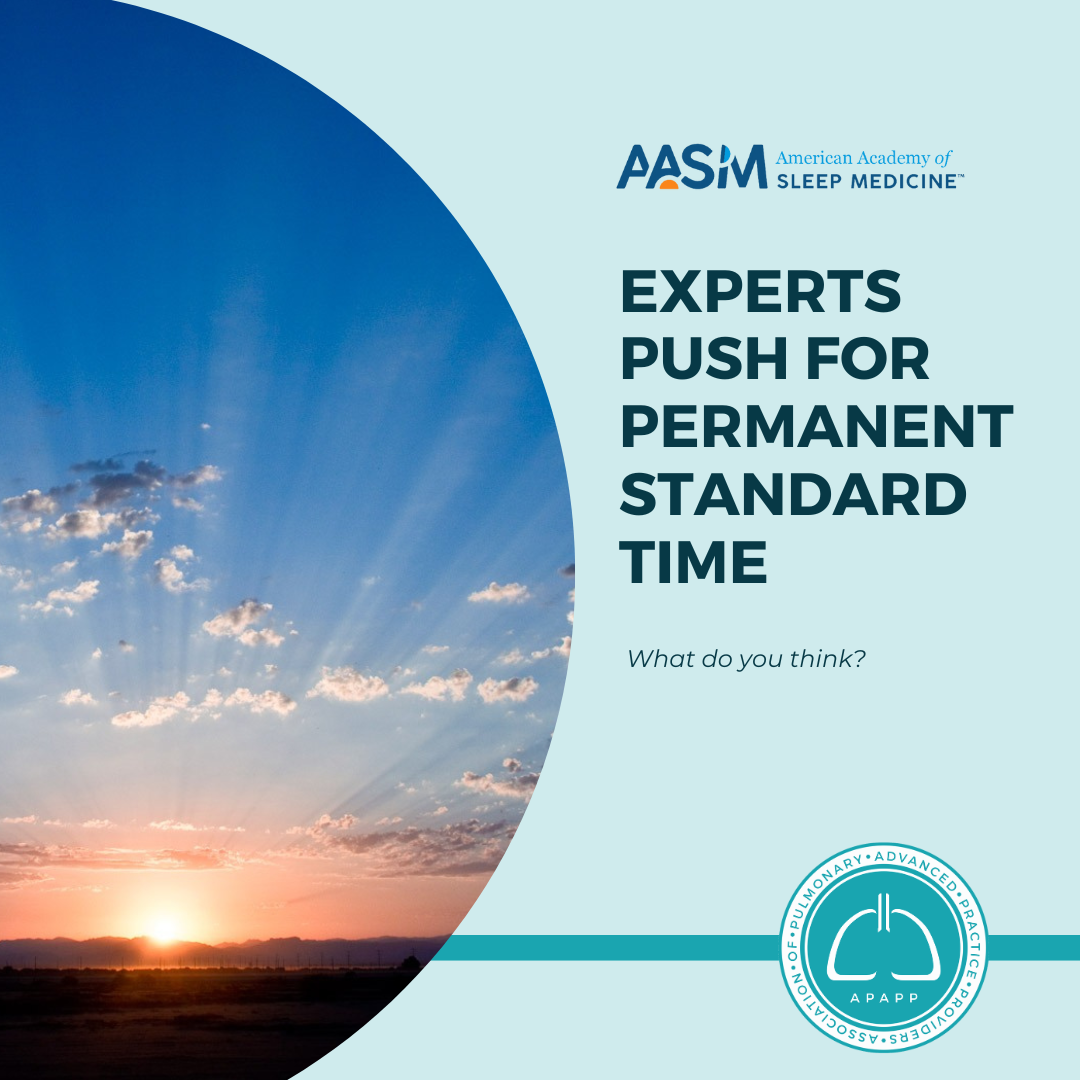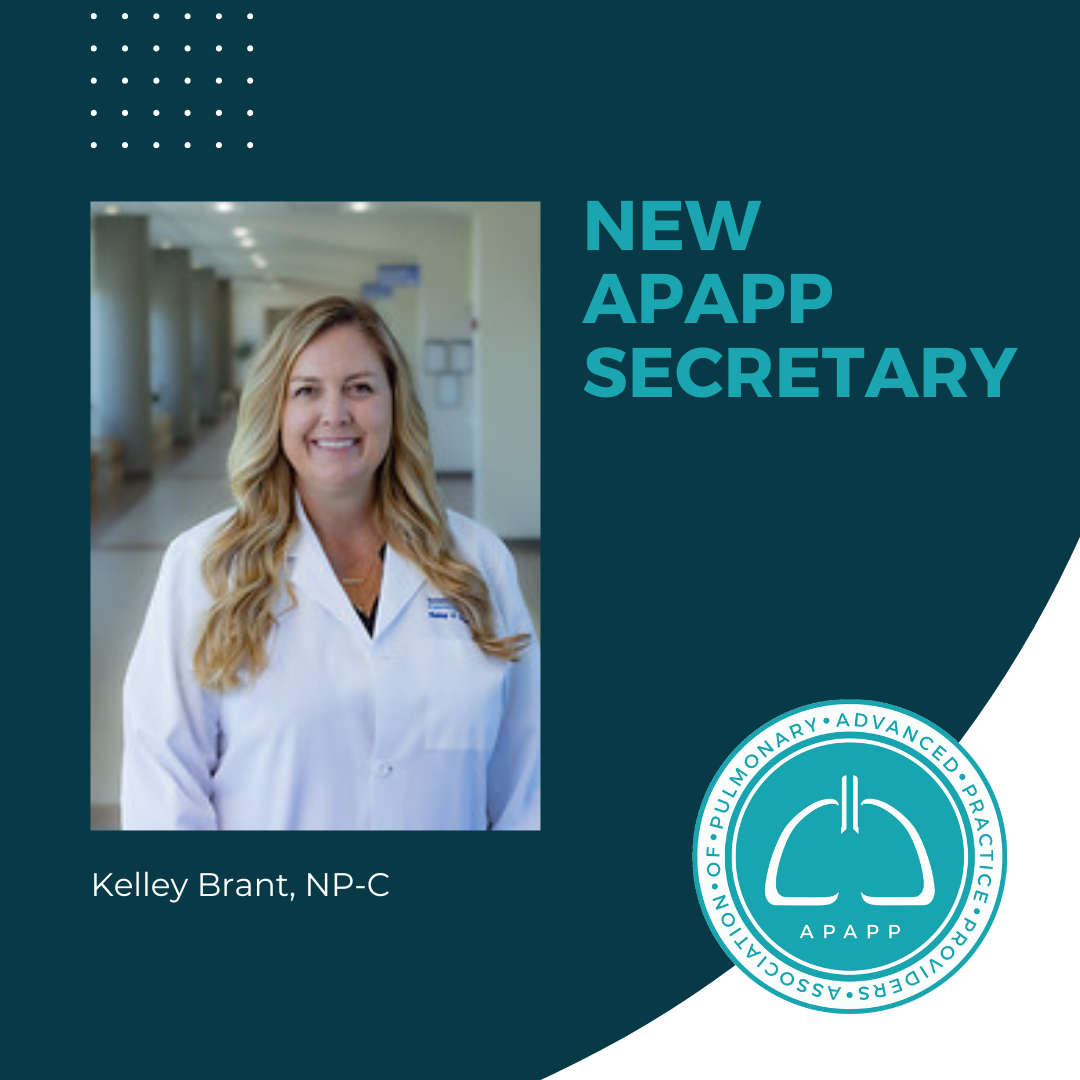Experts Push for Permanent Standard Time

Daylight savings time begins on Sunday, March 9th, and the American Academy of Sleep Medicine (AASM) continues to call on policymakers to abolish seasonal time changes and adopt permanent standard time. A recent article notes:
“Standard time aligns more closely with our body’s natural circadian rhythms, which regulate sleep-wake cycles. It offers more sunlight in the morning, helping people wake up and feel more alert, while the evenings gradually become dark earlier, signaling to our bodies that it’s time to wind down. This natural alignment supports more restful and consistent sleep. When daylight saving time is in effect, evening light exposure is prolonged, which can delay bedtime and disrupt sleep patterns.”
What do you think?
As professionals in sleep medicine, do you think that this change would prioritize sleep and overall health for your patients? If so, you are uniquely positioned to educate your patients about the benefits of sleep overall but also the benefits of permanent standard time. APPs can also advocate for permanent standard time with their state and federal legislators.
AASM and the Coalition for Permanent Standard Time are great resources for APPs who want to learn more about permanent standard time and what it could mean for their sleep patients. These websites have a wealth of information on this topic, including articles, videos, and infographics.
Alas, Permanent Standard Time is not in effect. And until it does change at the federal level, here is how you can encourage your patients to prioritize their health through the transitions of seasonal time changes:
- Get at least seven hours of sleep per night before and after the time change. Maintaining a consistent sleep routine is crucial.
- Gradually adjust your bedtime and rise time by shifting them 15-20 minutes earlier each night a few nights before the time change.
- Adjust the timing of daily routines that are “time cues” for your body, such as your mealtimes or exercise schedule.
- Set offline clocks ahead one hour on the evening of Saturday, March 8, and go to bed at your usual time. Online clocks will adjust automatically at 2 a.m. on Sunday, March 9.
- Head outdoors for early morning sunlight the week after the time change, as the bright light will help set your internal clock to the new time. This helps regulate sleep and alertness.
You can find the full article from AASM here. Have sleep or pulmonary news you want to share with our members? Reach out to APAPP today at info@pulmapp.com.



